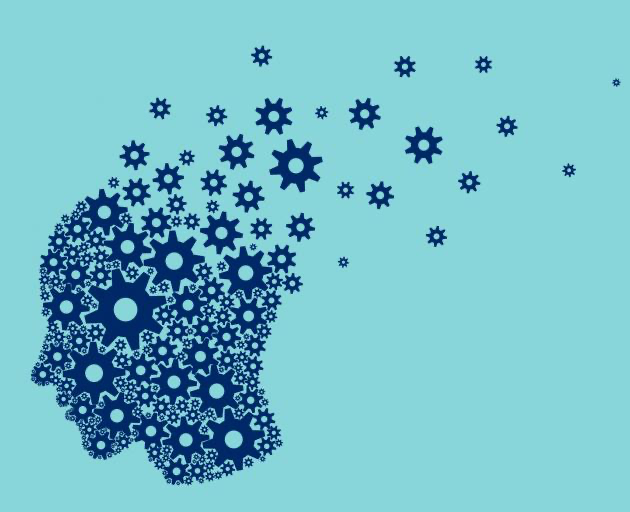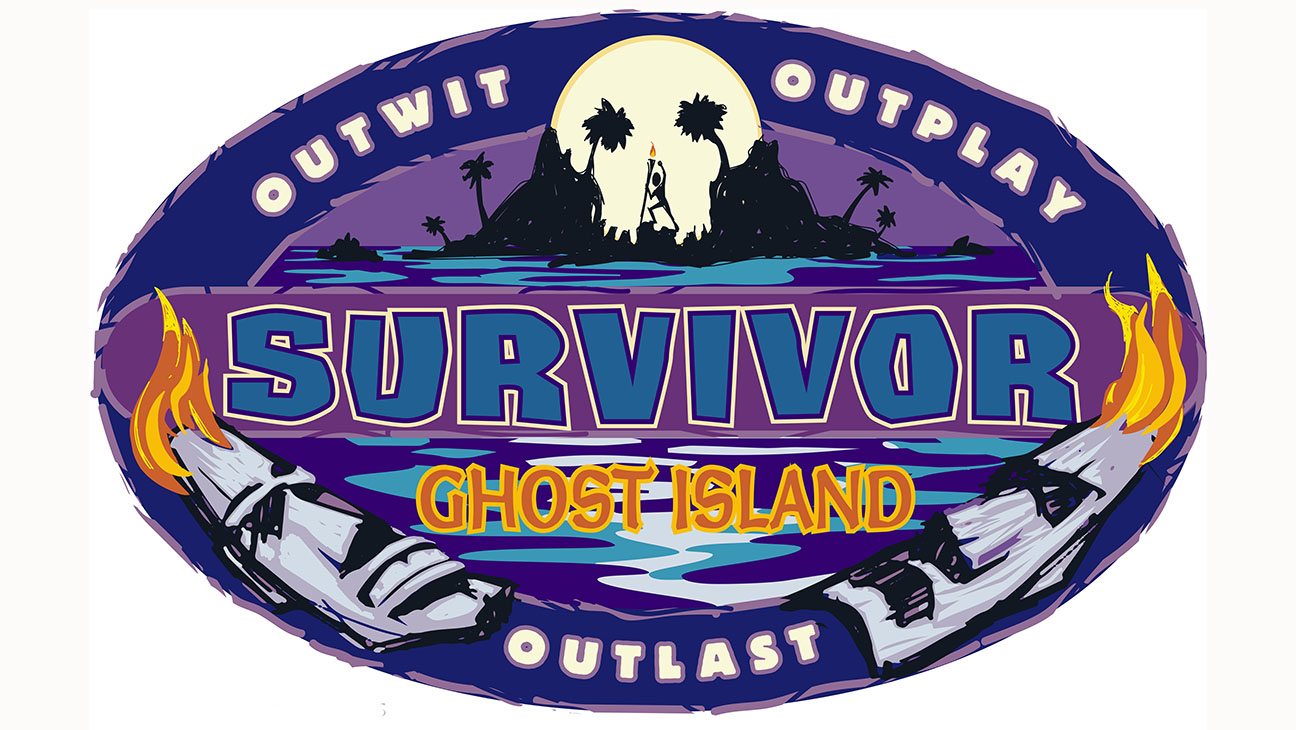On a recent committee call, one person jokingly asked “Does everyone have enough toilet paper?”
Instead of adding my usual sarcastic comment, I paused.
Then I said “I don’t know what ‘enough’ is any more.”

Enough: \ i-ˈnəf
occurring in such quantity, quality, or scope as to fully meet demands, needs, or expectations.
Why don’t I know what “enough” is anymore? What’s changed?
I used to know how much toilet paper was enough – when I had a full roll on hand to replace an empty one. How many full rolls were enough then? It was the number of rolls we went through in a week’s time.
When my husband wrote the grocery list, he’d look in the cabinet, see how much we had on hand, then determined whether he needed to buy another package. One package. Not a cart full.
What’s changed is that we don’t know whether there will be any toilet paper on grocery shelves next time we shop. Before, there was always a complete aisle full of toilet paper. No shortage. Kids used to prank their friends with a yard full of TP draped from tree to tree. Unthinkable today.
Maybe panic created the shortage. We’ve all seen videos or photos of shoppers emptying shelves or fighting over the last pack.
It appears we, as a society, can’t trust the supply lines like we used to. Maybe some thought that all of the toilet paper manufactures would shut down production due to the outbreak and then where would we be? Back to using Sears catalog pages in the bathroom? Oh, I guess not. No more Sears catalogs.
Maybe it’s time to really think about our behaviors and if our shopping urges make sense. Should someone have a garage full of toilet paper causing others to go without? Should e-bay allow sellers to offer otherwise inexpensive items at huge mark-ups with high shipping costs?
Our version of a free-market economy with supply and demand features makes all of this possible. If you want it badly enough and the supply is limited, you must pay the price.
I just hope that those e-bay sellers get stuck with a huge inventory they can’t get rid of.
As families like mine are trying to make sense of this new, temporary reality and re-define how they live, I wish there was at least a little more information about the supply chain – what’s working and what’s not. I’m not sure I can watch another COVID-19 explanation of how the virus is spread. I’d rather hear more about how to live our lives now.
As a person living with metastatic breast cancer for over 20 years, I’ve had to redefine how to live my life with each of the 17 treatment lines I’ve been on and with each treatment’s associated side effects.
You’d think I’d be used to redefining how I live my life.
The problem now is it’s even more difficult to plan for events that are important to me. I don’t know when this temporary way of living will end. I don’t have things to look forward to. Nearly everything I was hoping to do to through the end of summer has been canceled or delayed indefinitely.
Having something to look forward to has given me motivation to get through whatever problems cancer treatment has caused.
I’m not coping very well. I’ve had enough.


